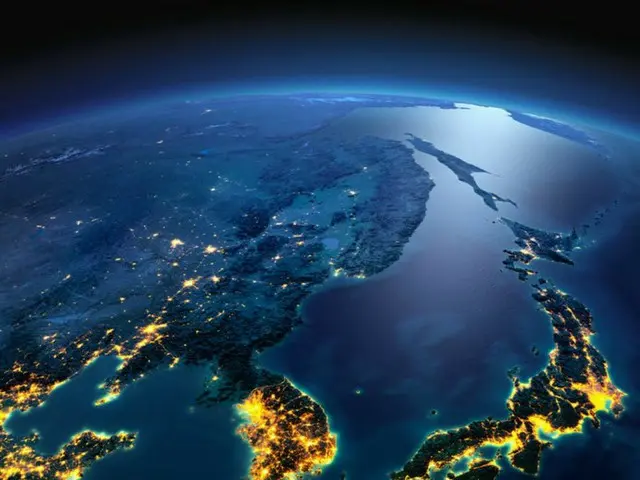Experts are analyzing that such extreme weather and complex disasters are becoming the "new normal." Nam Jae-cheol, a former member of the Korea Meteorological Administration and a professor in the Department of Agriculture and Life Sciences at Seoul National University, said,
Professor Lim said in an interview on the 24th of last month, "In recent years, expressions like 'the hottest heat in 100 years' and 'the heaviest rain in 100 years' are often used, but
The fact that such warnings occur every year means records are being broken and the climate is changing.
"Almost everyone is feeling the change in the climate, so it is no exaggeration to call the current climate situation the 'new normal,'" he said. Ulsan
"It is inevitable that the frequency and severity of extreme heat and heavy rain will increase due to global warming," said Professor Lee Myung-in of the Department of Global Environment and Urban Planning at the National Institute of Science and Technology (UNIST).
"This year may even break Korea's record for extreme heat and heavy rains," he said. Some analysts have suggested that Korea's climate change is happening faster and more intensely than the global average.
According to the Republic of Korea Climate Change Adaptation Report, the average annual temperature in Korea over the past 109 years (1912 to 2020) has risen by about 1.6 degrees, surpassing the global average of 1.09 degrees.
Ocean temperatures have also risen by 1.23 degrees over the past 50 years, about 2.6 times higher than the global average of 0.48 degrees. The rise in sea levels over the past 30 years has also exceeded the global average annual rise of 1.7 millimeters.
The average height of the snow has reached 2.97 mm, which is larger than the average height of the 100 cm particle size. Along with these, the frequency and severity of heavy rains, heatwaves, extremely high temperatures in winter, and cold waves have increased, causing increased damage to lives and property.
Economic losses from natural disasters caused by climate change over the past decade have reached 3.7 trillion won (US$4.3 billion), with recovery costs two to three times the cost of the losses.
The torrential rains that hit the Korean Peninsula for three weeks during the rainy season are also likely related to climate change.
"For every 1 degree rise in temperature, water vapor increases by 7% (equivalent to 890 billion tons in weight)," he said. "Since 2000, nocturnal heavy rains have increased, but climate change has caused the temperature to rise in the south and north.
"This means that the gap is getting even larger," he said. "Compound disasters" in which other weather disasters occur simultaneously or in a chain reaction are also occurring frequently. For example,
If extreme heat and drought occur at the same time, it can have a significant negative impact on crop production and exacerbate water shortages. In addition, if heavy rain falls after a long period of drought, it can cause damage to the dry land.
Soils may not be able to absorb water, which can lead to floods and landslides. Complex disasters can overwhelm national and local governments, who have to deal with multiple issues at the same time.
Professor Song Seok-woo of the Department of Earth and Environmental Sciences at Seoul University said, "Until now, we only had to prepare for floods, but from now on, we will need to prepare for other meteorological disasters such as forest fires.
"We have to prepare for both (the earthquake and tsunami) in parallel," he said, adding, "Because we have to prepare for all possibilities, it becomes difficult to prepare quickly and efficiently."
In the new normal era of the climate crisis, it will become increasingly difficult to predict the climate. Professor Lee Myung-in said, "Current forecast models are unable to predict major natural disasters such as extreme rains and heat waves.
"The prediction performance is insufficient," he said, adding, "Just as a television with low resolution cannot show a clear image of a person, we have not yet been able to develop a high-resolution prediction system that is appropriate for a major disaster."
he added.
2024/08/01 07:05 KST
Copyrights(C) Edaily wowkorea.jp 107

